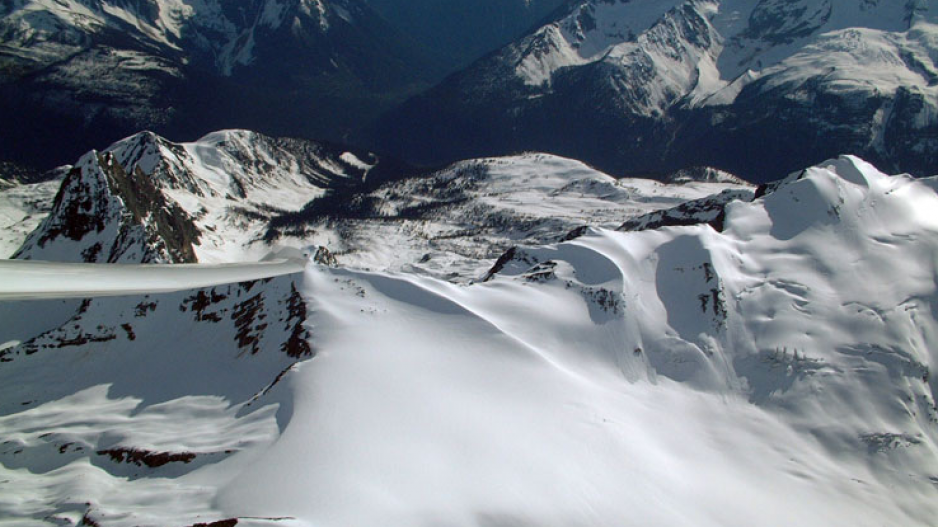A town with no people created from nothing and given a mayor and council by B.C.'s former Liberal government began a quiet death in the Legislature Oct. 27.
When Victoria created the municipality in November 2012, it was seen as a step toward making the controversial, year-round Jumbo Glacier ski resort a reality.
Then-minister of community development Bill Bennett appointed former mayor of Radium Hot Springs Greg Deck as the community's first mayor and Nancy Hugunin and Steve Ostrander to be the community’s first councillors.
All of that would be dissolved if Bill 26 – Amendments to the Municipal Affairs Statutes Amendment Act presented to the Legislature by Minister of Municipal Affairs Josie Osborne – passes.
“Dissolutions of municipalities are very, very rare in British Columbia and the last one was 100 years ago, in 1921 — the former copper mining town of Phoenix,” Osborne told the house. “Existing authorities are not sufficient to dissolve a municipality without residents or accommodate the changes to revert this area to the regional district of East Kootenay. So these amendments will also repeal the authority to incorporate a mountain resort municipality without residents, like Jumbo, in the future.”
The situation has not been short of chuckles for many, right down to the fact the town’s address was somewhere else: Radium Hot Springs.
Further, Osborne said, dissolution of the municipality at Jumbo is integral to an agreement between the province and the Ktunaxa Nation to create an Indigenous-protected and conserved area in the Jumbo Valley.
Jumbo’s developer, Glacier Resorts Ltd., in 2015 built bridges and poured foundations for a day lodge, utility building and a ski lift.
The resort, 53 kilometres west of Invermere, was planned to give access with 20-23 lifts to four nearby glaciers at an elevation of up to 3,419 metres. Planned in three phases, the resort planned ultimately would have included 5,500 bed-units in a 110-hectare resort base area.
The fictional town faced numerous court challenges to its existence, some from environmental groups opposing the development. Other hurdles involved the project’s environmental approvals and decisions on whether or not the project was moving forward quickly enough.
The destination resort was projected to create 750 permanent jobs on traditional Ktunaxa Nation land. That aboriginal band opposed the development. Conversely, the Shuswap Nation has supported the project and has an impact management and benefits agreement with Glacier.
Robyn Duncan of Wildsight, an environmental group, said the town should never have been created. Duncan said the project threatened grizzlies while the site itself was in multiple avalanche paths – more than in Rogers Pass, which requires military involvement to control.
“Its dissolution is a necessary step in moving forward to establish the Qat’muk Indigenous Protected and Conserved Area,” Duncan said. “Its creation should serve as a stark reminder to our communities of what’s at stake when we lose local democratic process and accountability in land-use decision-making.”




